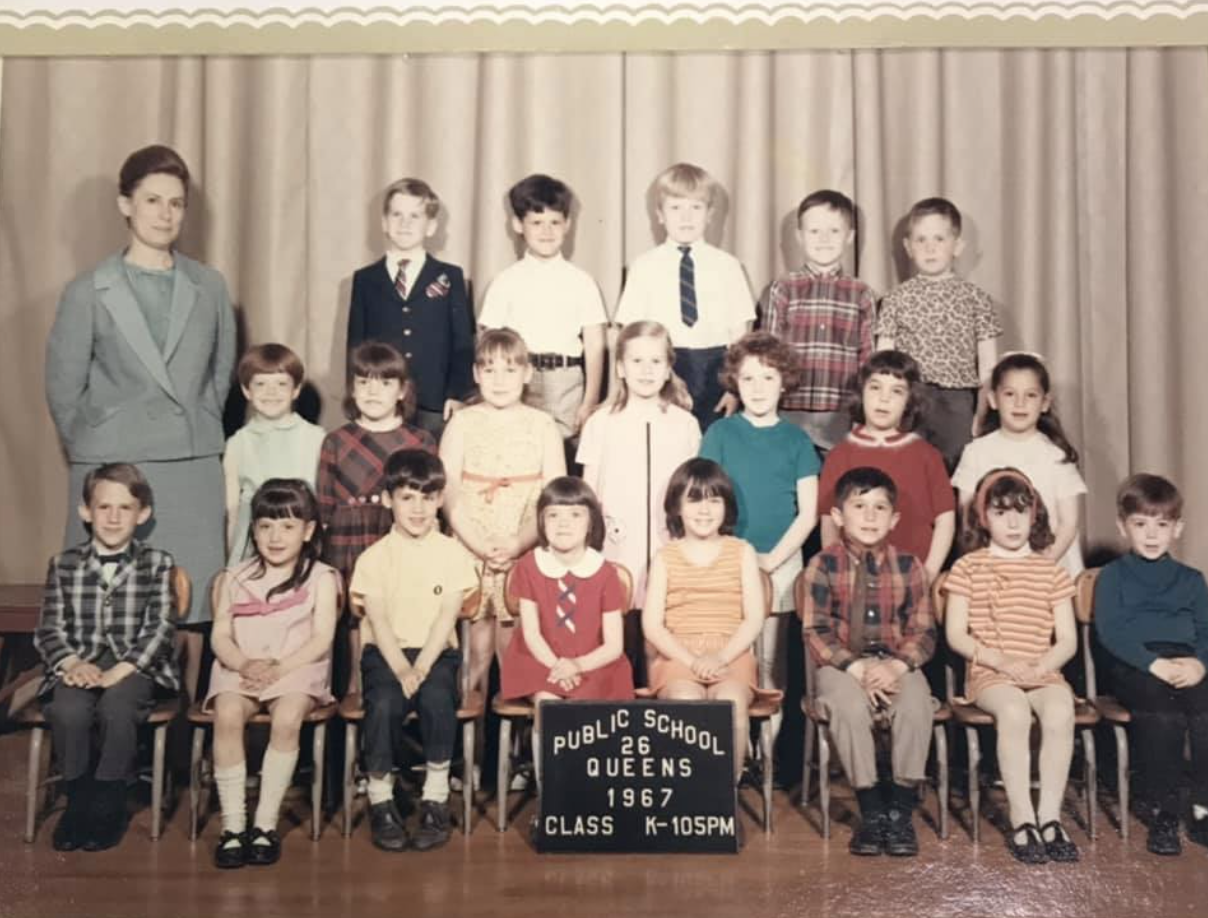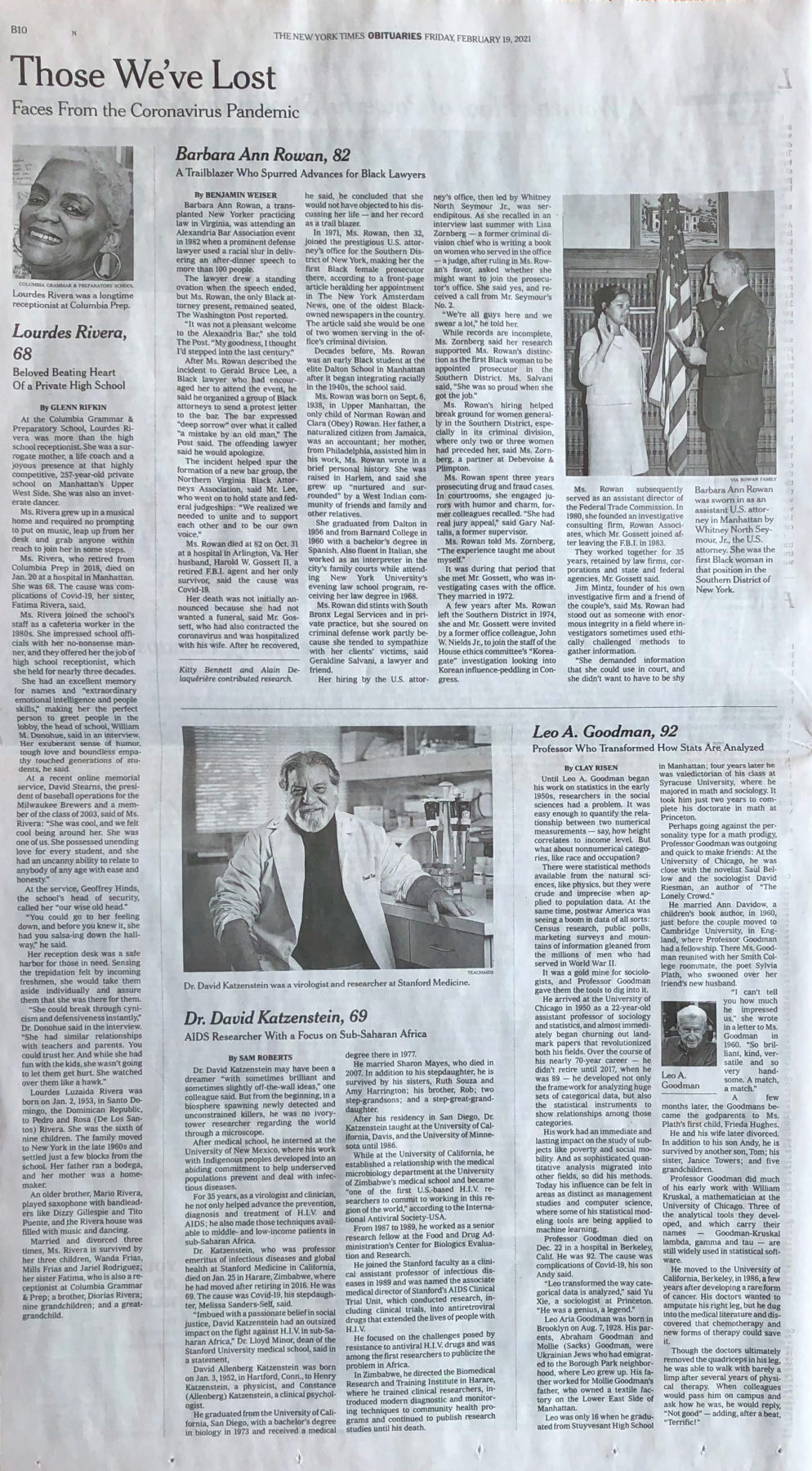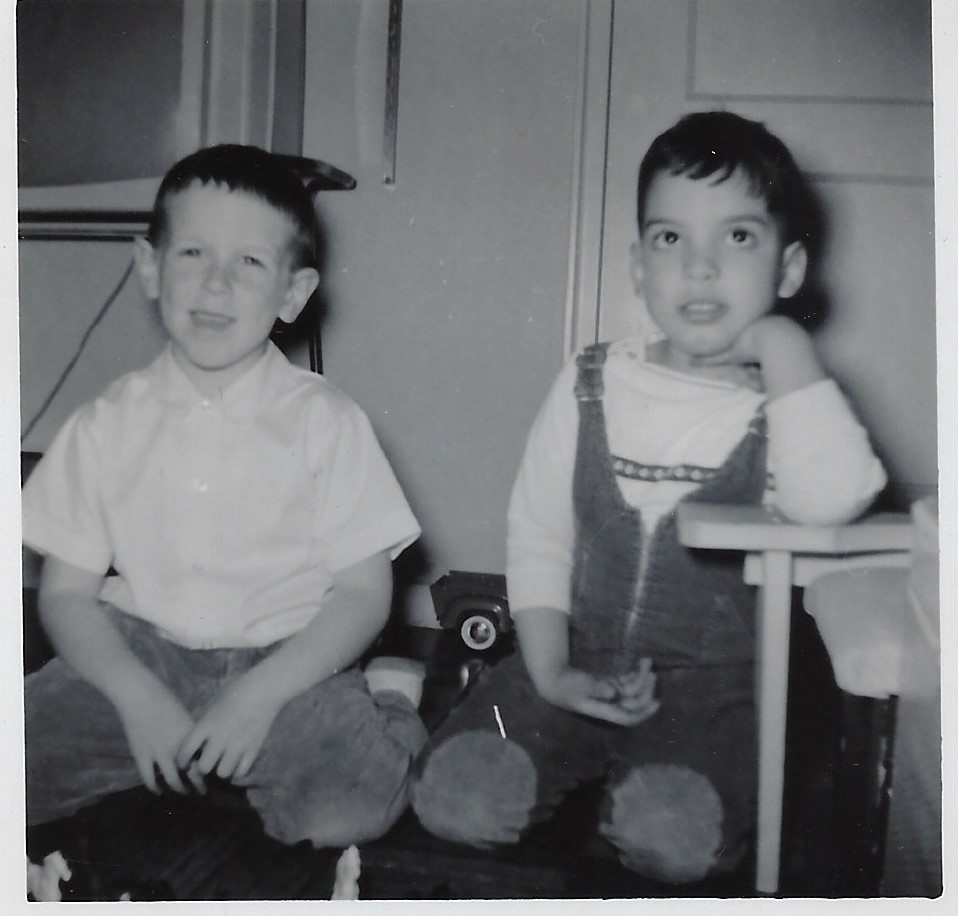For Peter Benjamin, school didn’t get any better than Mrs. Lieber’s kindergarten class at P.S. 26 in the Fresh Meadows neighborhood of Queens in 1963.
Mrs. Lieber let the children sit where they wanted in class. She knew that Benjamin liked the Yankees while his best friend, Danny, preferred the Mets. “She even knew what we liked and didn’t like to eat,” said Benjamin, now 64 and living in Charlotte NC.
When Sylvia Lieber died in January at age 102, Benjamin learned about it from a posting of her obituary in, of all places, The New York Times.
“I never knew her first name until I read the obituary,” said Benjamin. “It brought back such a flood of memories of school and life, and Fresh Meadows, and her.”


No matter how beloved, schoolteachers rarely receive unpaid obituaries in national newspapers like the Times. But Lieber died from complications of COVID-19 and was selected for a recurring Times section called Those We’ve Lost.
The project reflects a shifting definition among national news outlets about whose deaths are newsworthy. As the United States hits 500,000 COVID-19 deaths, the toll has fallen particularly hard on essential workers, minority communities, and the elderly.
“We write about everybody now,” said Kit Seelye, a New York Times obituary reporter. “Not just famous people.”
The volume of obituaries has also increased. Since the pandemic began, the Times added two writers to create a seven-person obituary reporting team, publishing more than 300 obituaries they would not normally have done, said Dan Wakin, editor of the Those We’ve Lost series.
“We want to represent the broad cross section of people who have died,” said Wakin.
The series, which first appeared in March 2020, tweaks a model used by the Times after the terror attacks of Sept. 11, 2001, for a project called Portraits of Grief. This time, Wakin said, “we make them the complete focus of an article, rather than sort of a series of thumbnails about victims.”

In 2001, the online obituary publishing platform Legacy.com was just getting started. Linnea Crowther helped it digitize Portraits of Grief, memorializing those who died on 9/11. “I felt like I was getting to know all of these people who had died,” said Crowther. “I knew so many of the names.”
Twenty years later, as a Legacy obituary writer, Crowther is contributing to a coronavirus memorial, which she called a trickier project.
“We knew who everybody was who died on 9/11,” said Crowther. “We knew it was 2,996 people.” With COVID-19, “we will never get the obituaries for all those 400,000 people here at Legacy,” she said. It’s an overwhelming number.”
Seelye’s job has also changed. Before the pandemic, she mostly wrote obituaries for better-known people like J.R.R. Tolkein’s son Christopher; The composer of the rock musical Hair, Galt MacDermot; and Allee Willis, who wrote the theme song for the TV series Friends.
“Now it’s a much more democratic process,” said Seelye. “You get a real sense that way of the cost of the pandemic.”
She recalled one man she wrote about, Charles Cook, who died of COVID-19 at 79. He was a subway conductor on the D train and a fervent chess player in Harlem. On 9/11, he walked almost 10 miles from Harlem to ground zero to search for people who might still be alive. “He was just a regular guy,” said Seelye. “There was a big outpouring when I wrote about him.”
But Seelye doubts the trend will continue once COVID-19 is under control. “The pandemic is the organizing principle. When there’s no pandemic, what would our reason be for writing about Lucy the barista in California?” she said.
Bob Hagerty, obituary writer at The Washington Post, cited reader retention as another barrier to the continued publication of obituaries for unknown folks. “It’s challenging to tempt the average reader to start a story when they don’t recognize the name,” he said. Adam Bernstein, the Post’s obituary editor, is concerned about staffing. “I don’t know if newspapers can sustain this for the long-term,” he said.
For now, obituaries for “non-notable” lives are making an impact.
After Mrs. Lieber’s obituary was published in the Times – online on Jan. 30 and in print on Feb. 4 – former students flocked to the P.S. 26 Rufus King School Facebook group to share memories and old class photos.
“I had her for first grade, and she was the best,” commented Jodi Marchisotta on the posted obituary. “I still remember how nice she was to me when my mom passed away at the beginning of first grade,” commented Leonard Zohn.
When the obituary showed up in Peter Benjamin’s news feed, “my visceral response was like if someone in my family had died, whom I hadn’t thought of or spoken to in 50 years” said Benjamin. He reached out to his old friend Danny Shepard, who still lives near Fresh Meadows, Queens, and used to run into Mrs. Lieber at the grocery store. He and Benjamin reminisced about the woman who taught for 40 years.

“Seeing that obituary was a lot of mixed emotions,” said Benjamin, “but I was really happy and I felt like, yeah, that obituary is a part of the story of her life.”
Lieber’s granddaughter Mary Ziegler suspects that if the obituary had not been published, those former students would not have reconnected. “They wouldn’t have mourned her,” said Ziegler. “Because they wouldn’t have known.”



